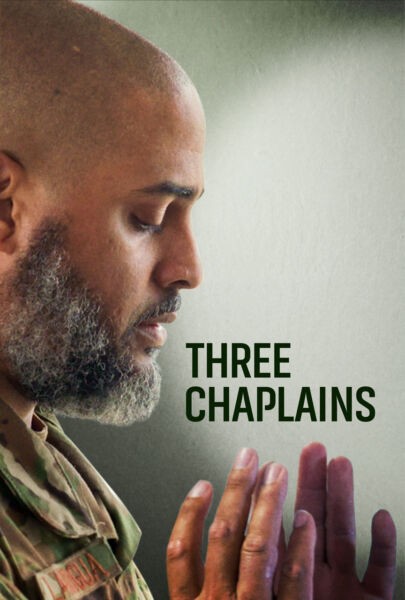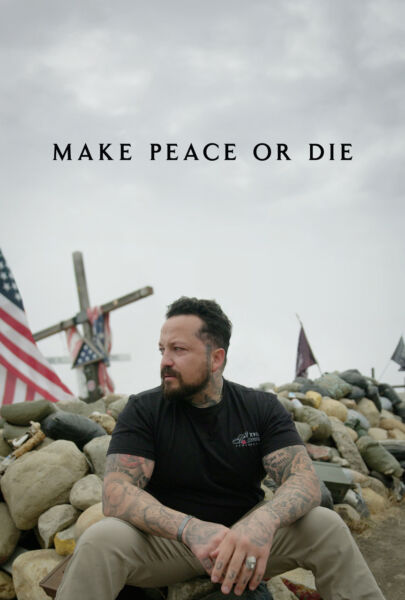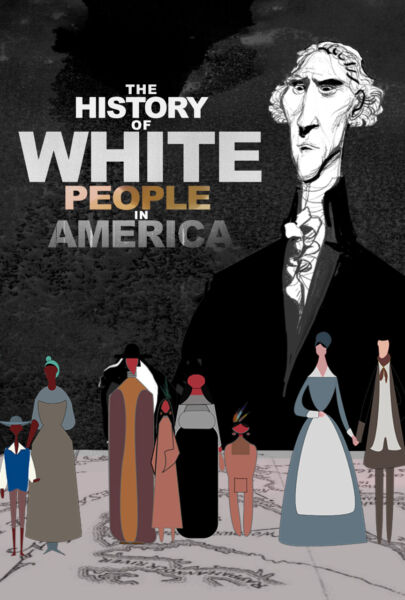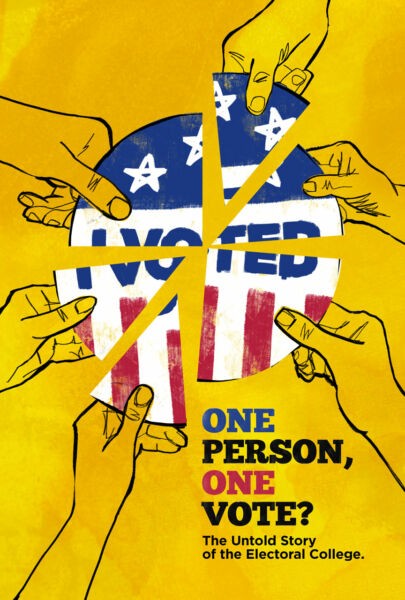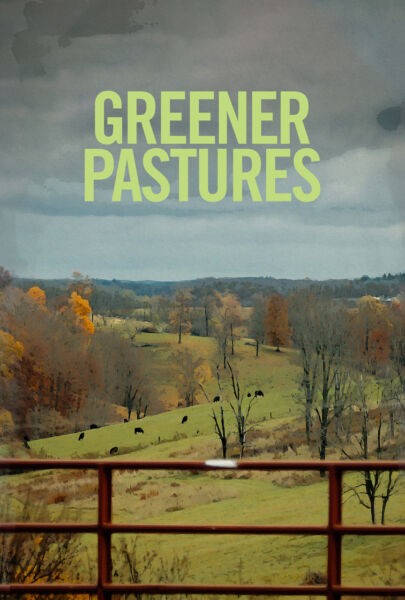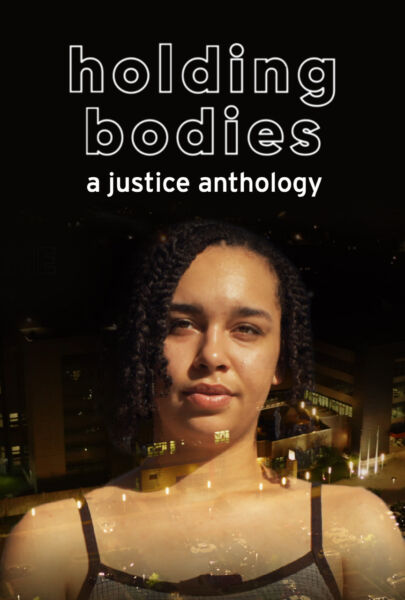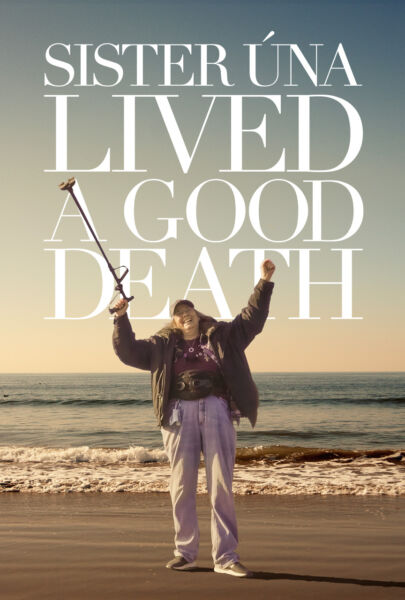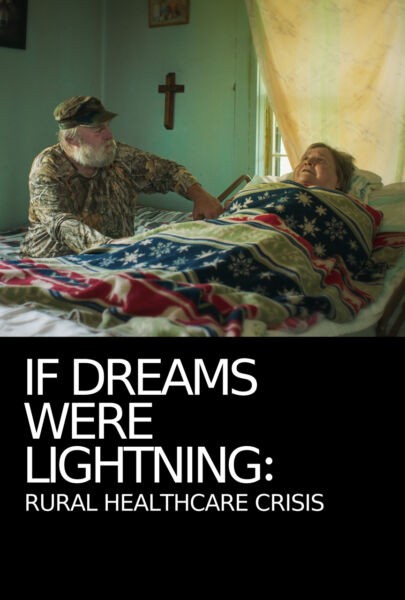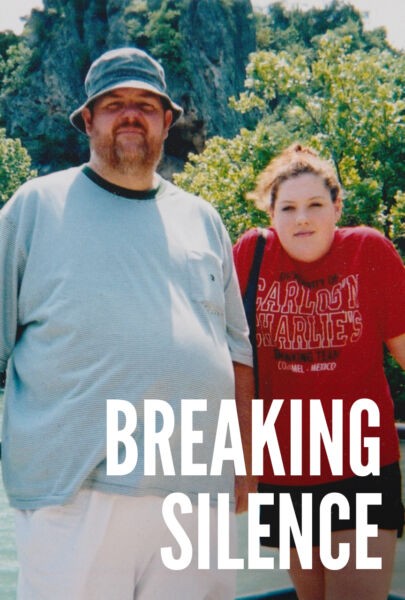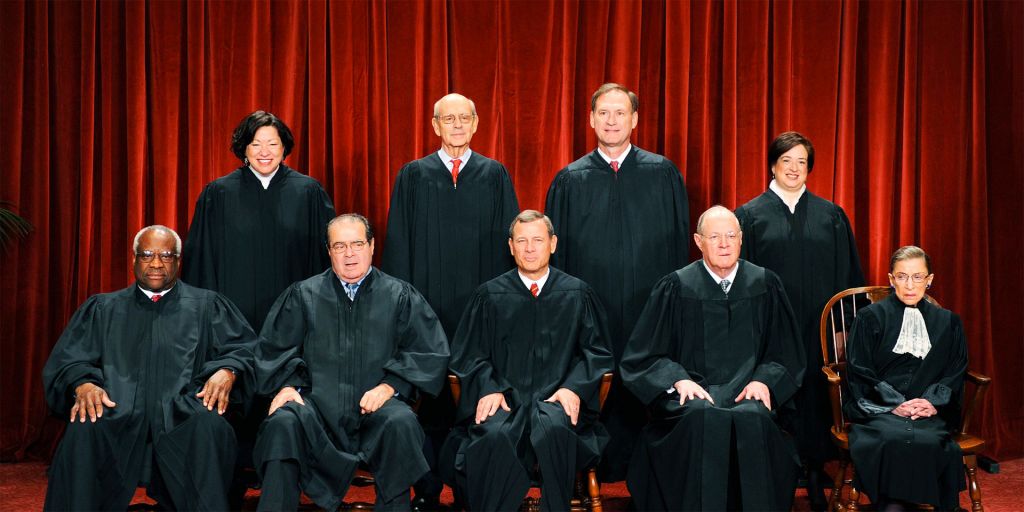

The Supreme Court of the United States, including the late Antonin Scalia (there are currently eight justices until a ninth is confirmed).
By Marcia Coyle @MarciaCoyle
Guest Contributor, National Law Journal
By the end of this month, the U.S. Supreme Court will decide its first abortion case in nine years. At the center is reproductive healthcare provider Whole Woman’s Health, the subject of the upcoming Independent Lens film, TRAPPED. The ruling could be the most important abortion decision in more than 20 years.
UPDATE (June 24, 2022): Roe v. Wade Overturned
NPR: The Supreme Court overturns Roe v. Wade
Today's abortion decision casts aside 49 years of precedent and will set off a seismic shift in reproductive rights across America. Experts expect about half the states to ban abortion as a result of the court's ruling. Analysis from @AHoweBlogger: https://t.co/02xS9qKlui
— SCOTUSblog (@SCOTUSblog) June 24, 2022
UPDATE (6/27/2016): Key Takeaways From the Supreme Court’s 5-3 Abortion Decision
Texas abortion clinics challenged two restrictions in the state law known as H.B. 2: requirements that clinic doctors have admitting privileges at a hospital within 30 miles of their clinic; and, that clinics meet the building, safety and health requirements of ambulatory surgical centers.
In a 5-3 decision, the high court struck down those two restrictions as unconstitutional burdens on a woman’s access to abortion. Here is why (followed by what happens next, below):
Admitting Privileges: Relying on peer-reviewed studies and expert testimony in the trial court, the majority said there was no significant health problem that the law sought to cure.
In the majority opinion, Justice Stephen Breyer wrote that the restrictions “vastly increase the obstacles confronting women seeking abortions in Texas without providing any benefit to women’s health capable of withstanding any meaningful scrutiny.”
Abortions have extremely low rates of complications. Doctors already have “working arrangements” with other doctors having hospital admitting privileges. Once effective, the admitting privileges requirement forced the closing of 20 of 40 abortion clinics. The result was fewer doctors, longer waiting times, increased crowding, and increased driving distances with the virtual absence of any health benefit.
Ambulatory Surgical Centers: Clinics already were required to meet a host of safety and health requirements. Abortion is safer than many common procedures that Texas allows to be done outside of those centers and in the home or in the office. Complications, when they arise, arise most often after the woman has left the facility.
Texas waives or grandfathers in the ASC requirement for nearly half of the facilities to which it applies, but not for abortion clinics. It would reduce the number of clinics from 20 to seven or eight, and those could not meet the demand. This requirement was found to be more harmful or not supportive of women’s health.
The key test for the justices to apply was whether those restrictions imposed an “undue burden” on the woman’s right, which the justices said in 1992, is a substantial obstacle to her choice. “Unnecessary regulations having the purpose or effect of imposing a substantial obstacle in the path of a woman” are an “undue burden.”
Here is what happens next:
- In Texas, the two challenged restrictions are now invalid, and those clinics that were forced to close — an estimated 20 remaining of the original 40 — may be able to reopen if they can bring back physicians, staff, and funding resources to operate.
- In roughly 26 other states with nearly identical restrictions, those restrictions will be challenged, if not already facing lawsuits, and likely will be struck down by the courts.
- More broadly, the Supreme Court made clear that the test for the constitutionality of abortion restrictions — the so-called undue burden test — has teeth. Courts may not defer to state legislatures when there is medical uncertainty. Courts have an independent constitutional duty to review factual findings where constitutional rights are at stake.
“They have to consider the burdens a law imposes on abortion access together with the benefits those laws confer,” wrote Justice Stephen Breyer.
The dissenters were Chief Justice John Roberts Jr. and justices Clarence Thomas and Samuel Alito Jr., who wrote the main dissent.
[Original post:] In 2007, the justices, voting 5-4, upheld a congressionally-enacted ban on certain late-term abortions, a ban that for first time did not include an exception to protect the health of the woman. But much has changed on the Supreme Court since 2007.
Two justices who dissented in that 2007 decision have retired — Justices David Souter and John Paul Stevens — and were succeeded by Justices Sonia Sotomayor and Elena Kagan. One justice, who was in the majority in 2007, has died — Justice Antonin Scalia — and a court that in the past generally divided 5-4 along ideological lines in abortion cases is now evenly split 4-4 ideologically with a seat temporarily vacant.
Much also has changed in the abortion regulation landscape. In the last six years, lawmakers throughout the country have enacted more than 300 laws having the effect of limiting a woman’s ability to have an abortion. The American Civil Liberties Union and the Center for Reproductive Rights led the legal challenges to many of those laws.
Whole Woman’s Health v. Hellerstedt
And so it seemed inevitable that one or more of those legal challenges would reach the Supreme Court and that the justices would be drawn again into one of the most divisive and long-running debates in America.
The case that reached the high court — Whole Woman’s Health v. Hellerstedt — has roots in Texas but national implications.
Whole Woman’s Health is a group of women’s clinics in Texas providing comprehensive gynecological care, including abortion. They, along with three physicians and their patients, challenge in the Supreme Court two Texas regulations. One requires that clinic physicians obtain admitting privileges at local hospitals within 30 miles of their clinics, and the second mandates that every health care facility offering abortion services meet the building specifications of ambulatory surgical facilities.
The two Texas regulations are part of a larger state law based on model legislation offered to many states by veteran abortion foe, Americans United for Life.
What’s at Stake
The stakes this time are particularly high for both sides in this debate, for two practical reasons and one fundamental reason. On the practical side, whatever the justices say likely will decide the validity of many of those laws, drafted and lobbied for by the anti-abortion movement and enacted since 2010. And because those laws impose new conditions and restrictions, often costly and burdensome, the decision will affect the ability of physicians and health facilities to continue to provide abortions in many states.
More fundamentally, how the justices interpret the test for deciding the constitutionality of abortion regulations may determine just how much will remain of women’s constitutional right to abortion.
That right was first recognized by the Supreme Court in the 1973 landmark decision, Roe v. Wade. The right subsequently was upheld by the justices in a 1992 decision Planned Parenthood v. Casey, which also set out the current constitutional test, often attributed to Justice Sandra Day O’Connor.
In the abortion case now awaiting decision, the justices will decide whether the two challenged Texas regulations impose an “undue burden” on a woman’s right to an abortion. What is an “undue burden?” The court has said an undue burden exists and a law’s regulation is invalid “if its purpose or effect is to place a substantial obstacle in the path of a woman seeking an abortion before the fetus attains viability.”
The Arguments from Both Sides
Numerous “friend of the court” briefs have been filed in support of each side, and they reflect the traditional gulf that continues to exist on the issue. The establishment medical community, civil rights and women’s groups, historians and others support the clinics. Religious organizations, anti-abortion groups, conservative legal organizations and others back Texas.
During arguments in March, the clinics’ lawyer told the justices that the regulations’ purpose was not to protect women’s health, as Texas claimed, but was to stop abortions. And as for effect, roughly half of Texas’ 40 clinics have closed since partial implementation of the law, she said, and about 10 will remain if the regulations are upheld, forcing some women to travel hundreds of miles for abortions.
The Obama Administration’s top lawyer supported the clinics, saying, “This law closes most abortion facilities in the state, puts extreme stress on the few facilities that remain open, and exponentially increases the obstacles confronting women who seek abortions in the state. And it does all of that on the basis of a medical justification that cannot withstand any meaningful scrutiny.”
But Texas’ solicitor general told the justices that abortion remains accessible in the state. “All the Texas metropolitan areas that have abortion clinics today will have open clinics if the court affirms, and that includes the six most populous areas of Texas,” he argued.

By the end of the arguments, the justices seemed divided. The court’s liberal wing, particularly its three female justices, appeared ready to strike down the regulations; while the conservative side of the bench seemed skeptical of the impact of the regulations on clinic closings.
Justice Anthony Kennedy probed both sides but noted his concern that the Texas law has led to an increase in surgical abortions and a decrease in those induced by medication — the opposite of national trends. “This may not be medically wise,” he said.
If the court divides 4-4, a lower court decision upholding the Texas regulations stands — a defeat for the clinics, but one with no national effect. New challenges to other states’ restrictions undoubtedly would head again to the Supreme Court.
A decision striking down the Texas regulations likely would create only a pause in an unrelenting movement to eliminate the right to abortion.
As so often has been the situation in the court’s most divisive cases, the outcome may rest in Justice Kennedy’s hands.
Marcia Coyle is the Chief Washington Correspondent for The National Law Journal, a national weekly newspaper that covers law and litigation. A lawyer as well as a journalist, she has covered the U.S. Supreme Court for 29 years and is a regular contributor of Supreme Court analysis to the PBS NewsHour. She is the author of The Roberts Court: The Struggle for the Constitution, (Simon & Schuster, 2013). She has won a number of journalism awards, including the Polk Award for Legal Reporting.



